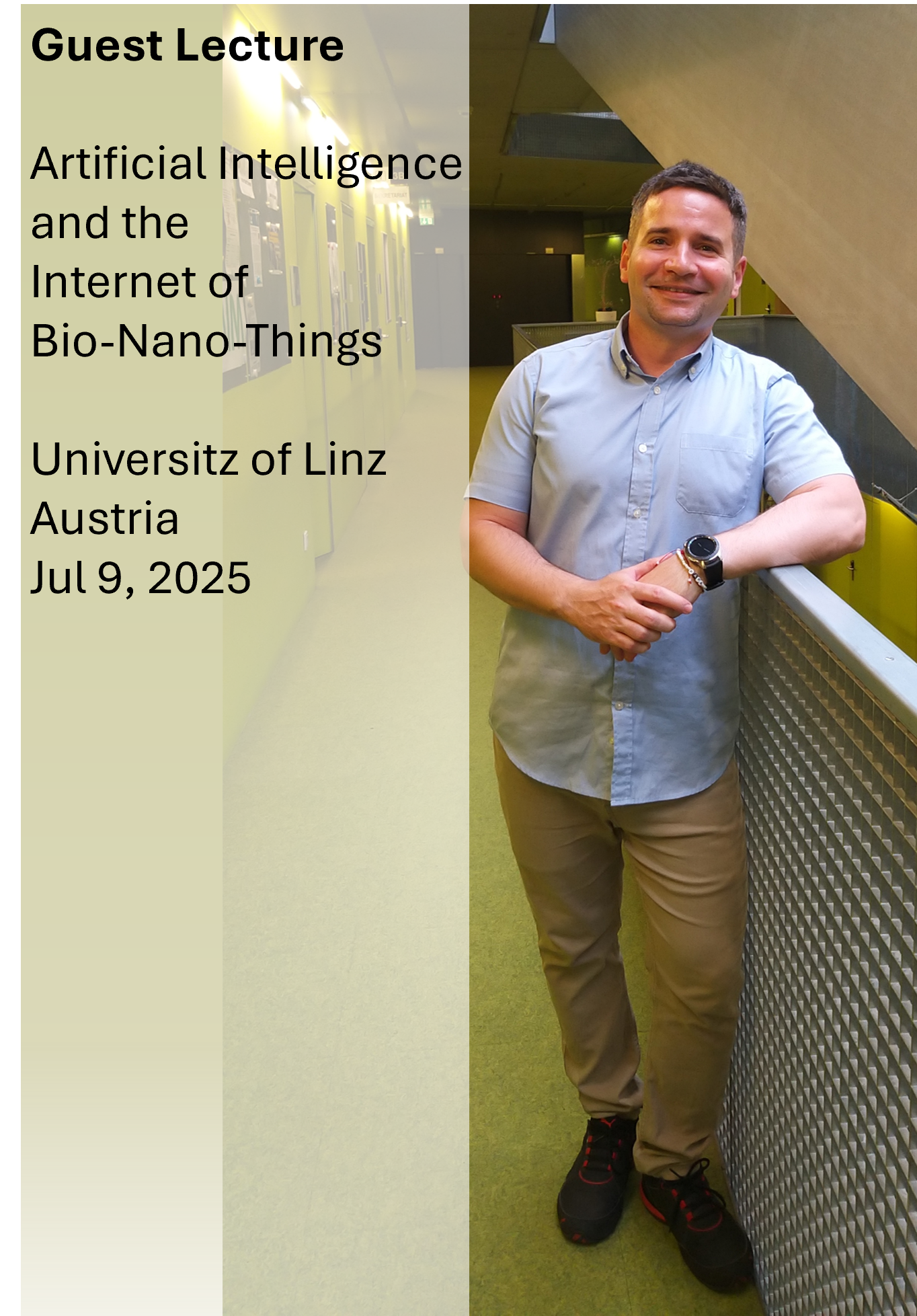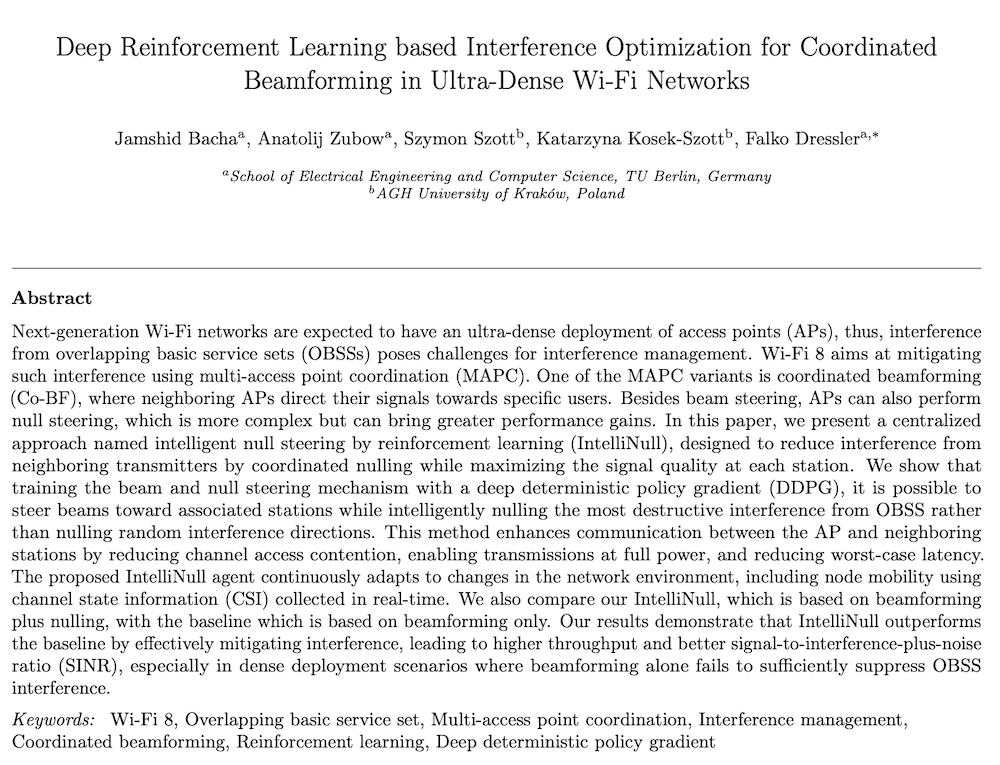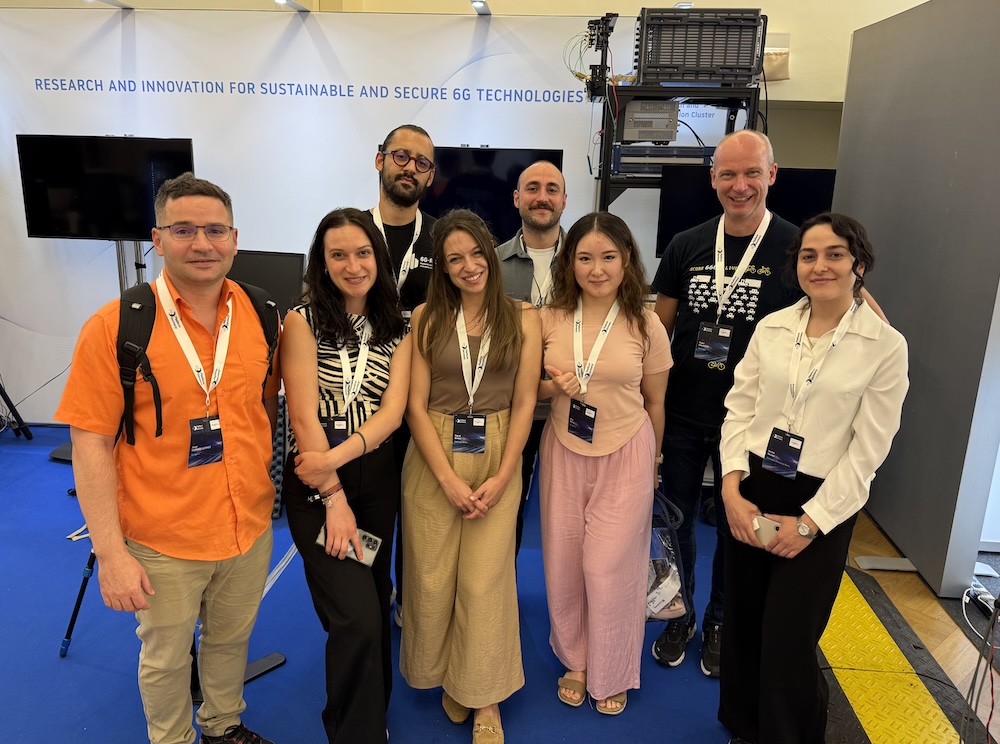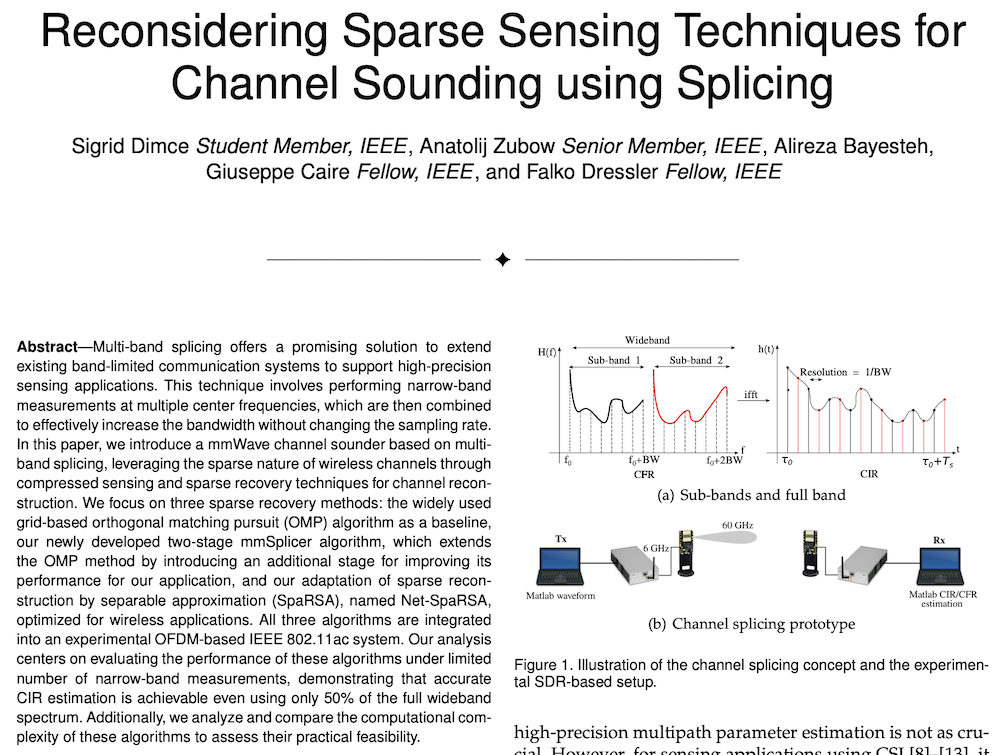Literature Database Entry
oczko2025explainable
Marie-Christin H. Oczko, Osman Tugay Basaran and Falko Dressler, "Explainable LSTM-Based Cyclist Intention Prediction at Intersections," Proceedings of 16th IEEE Vehicular Networking Conference (VNC 2025), Porto, Portugal, June 2025.
Abstract
Increasing the safety of vulnerable road users (VRUs) in traffic has become a topic of general interest. Predicting cyclists' turning intention in intersections can benefit safety applications in forecasting potential accidents. In this paper, we propose a bidirectional, stacked LSTM intention prediction model utilizing real-world smartphone cycling traces. We show that even imprecise GPS data are sufficient to predict right turns, and straight-going traces with a certainty of 90 % 45 m, and left turns 28 m before the intersection center, resulting in recognizing even the intention of the fastest cyclist in the data set 4.19 s before reaching the center. We further conduct an explainability analysis, including feature engineering, and SHapley Additive exPlanations (SHAP), highlighting the influence of GPS positions, and rotation vectors on our model. Lastly, we investigate the generalizability of our model on untrained intersections, showing first promising results for left turns of 90 % prediction probability 45 m before the intersection center, and probabilities of 90 % 20 m for straight-going traces, for an exemplary intersection.
Quick access
Contact
Marie-Christin H. Oczko
Osman Tugay Basaran
Falko Dressler
BibTeX reference
@inproceedings{oczko2025explainable,
author = {Oczko, Marie-Christin H. and Basaran, Osman Tugay and Dressler, Falko},
title = {{Explainable LSTM-Based Cyclist Intention Prediction at Intersections}},
publisher = {IEEE},
address = {Porto, Portugal},
booktitle = {16th IEEE Vehicular Networking Conference (VNC 2025)},
month = {6},
year = {2025},
}
Copyright notice
Links to final or draft versions of papers are presented here to ensure timely dissemination of scholarly and technical work. Copyright and all rights therein are retained by authors or by other copyright holders. All persons copying this information are expected to adhere to the terms and constraints invoked by each author's copyright. In most cases, these works may not be reposted or distributed for commercial purposes without the explicit permission of the copyright holder.
The following applies to all papers listed above that have IEEE copyrights: Personal use of this material is permitted. However, permission to reprint/republish this material for advertising or promotional purposes or for creating new collective works for resale or redistribution to servers or lists, or to reuse any copyrighted component of this work in other works must be obtained from the IEEE.
The following applies to all papers listed above that are in submission to IEEE conference/workshop proceedings or journals: This work has been submitted to the IEEE for possible publication. Copyright may be transferred without notice, after which this version may no longer be accessible.
The following applies to all papers listed above that have ACM copyrights: ACM COPYRIGHT NOTICE. Permission to make digital or hard copies of part or all of this work for personal or classroom use is granted without fee provided that copies are not made or distributed for profit or commercial advantage and that copies bear this notice and the full citation on the first page. Copyrights for components of this work owned by others than ACM must be honored. Abstracting with credit is permitted. To copy otherwise, to republish, to post on servers, or to redistribute to lists, requires prior specific permission and/or a fee. Request permissions from Publications Dept., ACM, Inc., fax +1 (212) 869-0481, or permissions@acm.org.
The following applies to all SpringerLink papers listed above that have Springer Science+Business Media copyrights: The original publication is available at www.springerlink.com.
This page was automatically generated using BibDB and bib2web.







